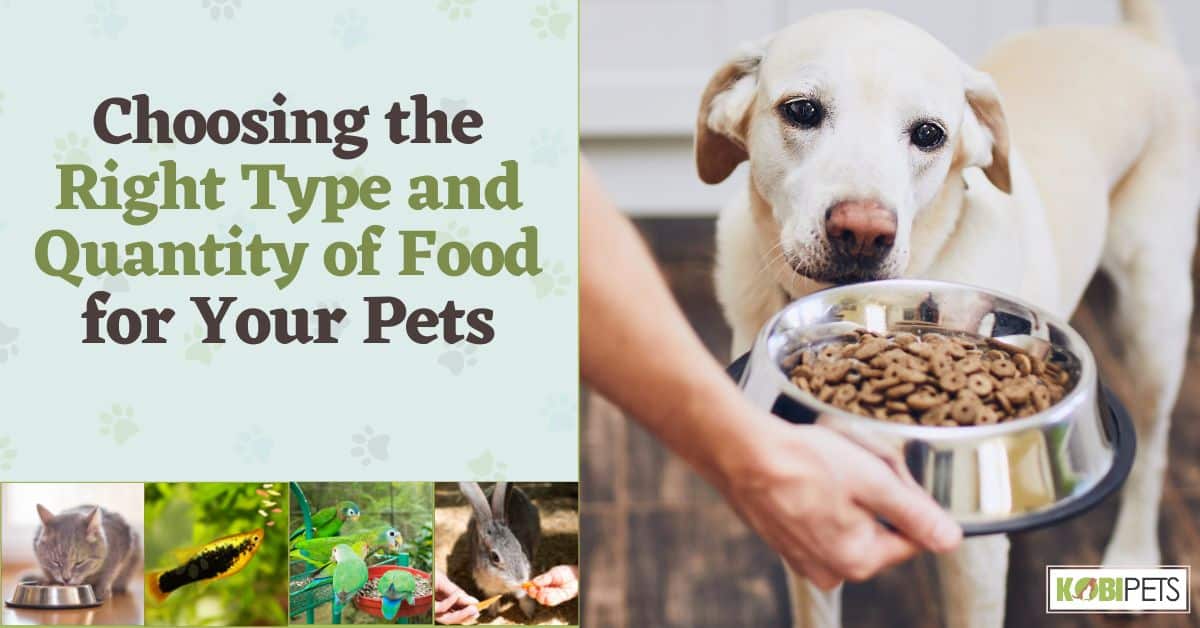
Choosing the right type and quantity of food for your pets is essential to maintaining their health. Understanding their nutritional needs, researching pet food brands, reading ingredient labels, determining portion sizes, feeding a balanced diet, and avoiding overfeeding are all important considerations when deciding what to feed your pet.
In addition, supplementing your pet’s diet with homemade food options can provide additional health benefits. By taking the time to understand your pet’s individual needs and properly providing for them, you can ensure their long-term well-being.
Understanding Your Pet’s Nutritional Needs
Understanding your pet’s nutritional needs is an essential aspect of ensuring their overall health and well-being. The type and quantity of food that you provide for your pet can have a significant impact on their physical and mental health. The first step in understanding your pet’s nutritional needs is to consider their age, size, and activity level. Puppies and kittens, for example, have different nutritional needs than an adult or senior pets. Similarly, small dogs and cats will require smaller portions than larger breeds.
Additionally, pets that are more active will require more calories than those who are less active. It’s also important to understand the different nutritional requirements for different types of pets. For example, cats require a diet high in protein, while dogs require a diet that is high in carbohydrates. Similarly, birds require a diet that is high in fat and protein, while reptiles require a diet that is high in protein and low in fat.
It’s also important to consider any existing health conditions your pet may have, such as obesity, diabetes, or dental issues. Your veterinarian can help you understand your pet’s specific nutritional needs based on their health status and provide recommendations for a diet that will support their health.
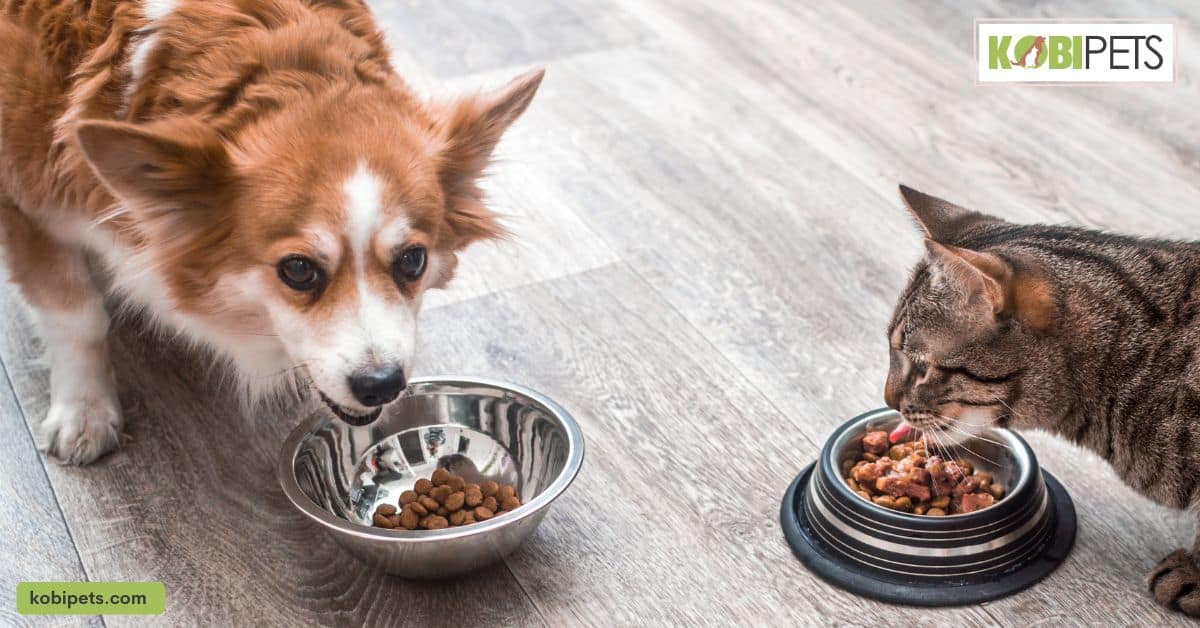
Factors to Consider When Selecting a Pet Food Brand
When it comes to selecting a pet food brand, there are several factors to consider to ensure you are providing your pet with a high-quality diet.
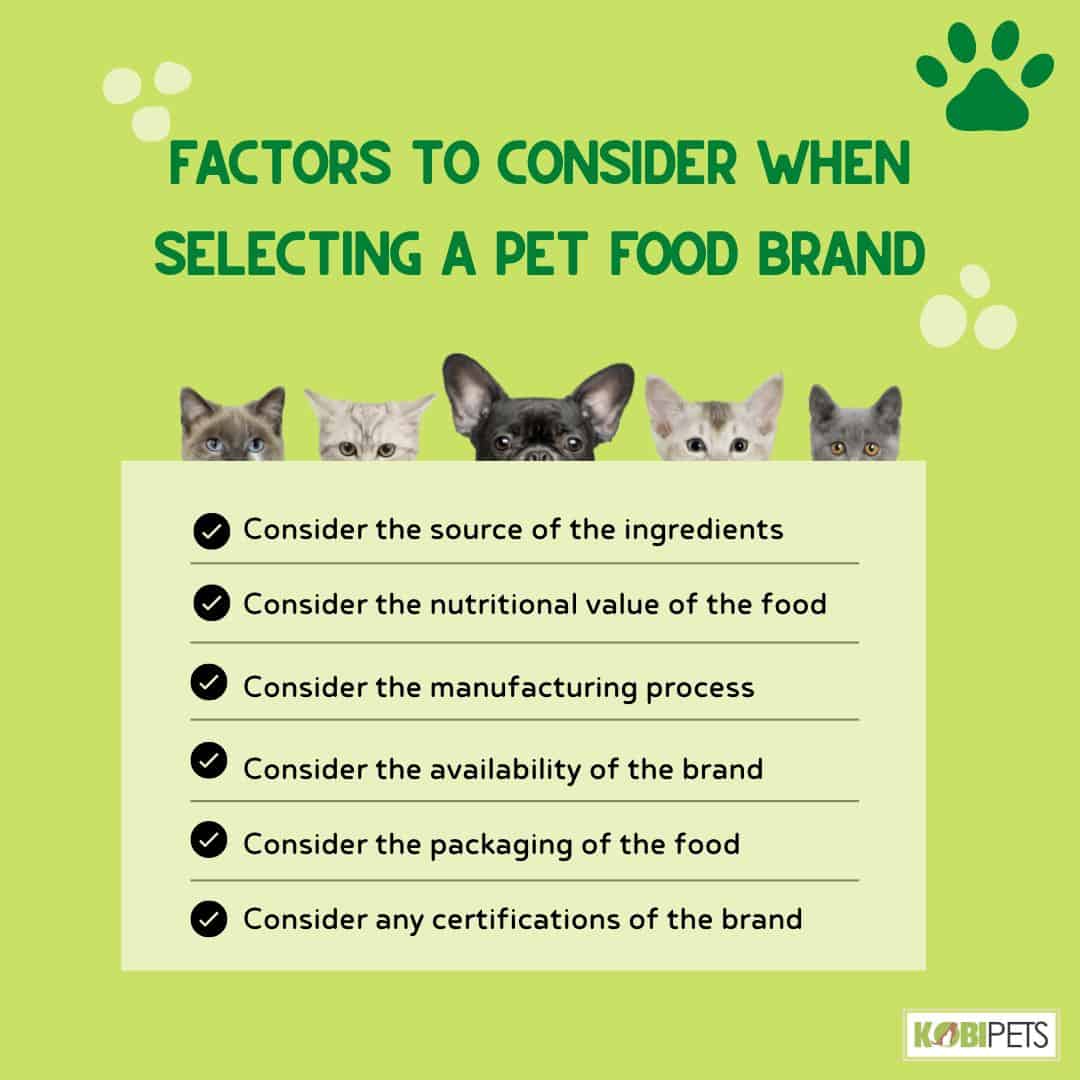
Factors to Consider When Selecting a Pet Food Brand
- Consider the source of the ingredients: Look for brands that use high-quality, natural ingredients, and avoid those that use fillers or by-products. Brands that use whole ingredients, such as whole meats and vegetables, are generally a better choice than those that use meat meals or by-products.
- Consider the nutritional value of the food: Look for brands that provide a balanced diet, with the right balance of proteins, fats, and carbohydrates. Avoid brands that are high in fillers or low in essential nutrients.
- Consider the manufacturing process of pet food: Look for brands that use a high-quality manufacturing process, such as those that use minimal processing or use low-heat cooking methods. Avoid brands that use high-heat methods, which can damage the nutritional value of the food.
- Consider the availability of the brand: Some pet food brands are only available in certain regions, while others can be found worldwide. It’s also important to consider the price of the food, as some high-quality brands can be more expensive.
- Consider the packaging of the food: Pet food packaging can be made of different materials and have different features. Look for packaging that is designed to keep the food fresh for as long as possible.
- Consider any certifications of the brand: Certifications such as AAFCO (Association of American Feed Control Officials) or USDA (United States Department of Agriculture) can be a good indicator of the quality of the food.
By taking these factors into account, you can ensure that you are providing your pet with a high-quality diet that meets their specific nutritional needs.
The Importance of Reading Ingredient Labels
Reading ingredient labels is an integral part of making sure the food products we consume are healthy and safe. By taking a few moments to review the ingredients list and nutrition facts, we can make better-informed decisions about what we put into our bodies.
Checking for allergens and hidden sources of sugars, preservatives, or additives is also important in order to avoid adverse health reactions. The information that is provided on ingredient labels not only keeps us safe but allows us to make wiser choices when it comes to our diet.
Utilizing this information ensures that we know what goes into our meals so that we can maintain a balanced diet. Overall, reading ingredient labels should be taken seriously as it helps us become more aware consumers and leads us to healthier eating habits.
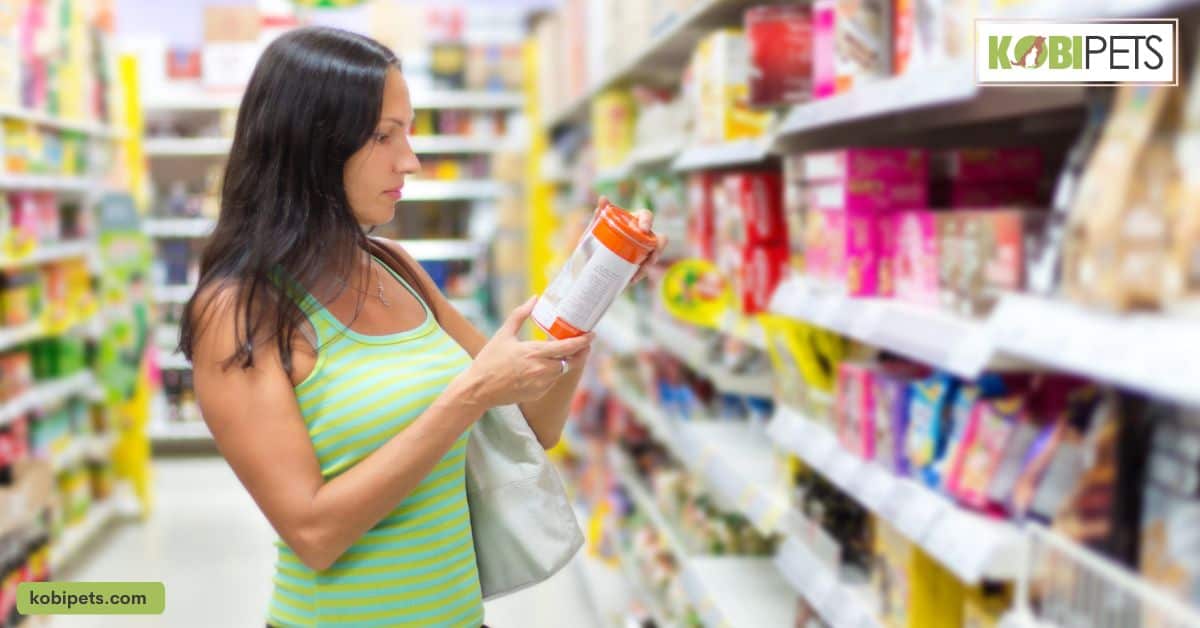
How to Determine the Right Portion Size for Your Pet
Determining the right portion size for your pet is important for maintaining their health and preventing obesity. Here are some tips for determining the appropriate portion size for your pet:
- Consult with your veterinarian: Your vet can give you specific recommendations for your pet based on their breed, age, activity level, and any health conditions they may have.
- Refer to the feeding guidelines on the pet food packaging: Most pet food manufacturers provide guidelines for the appropriate serving size for your pet’s weight. However, keep in mind that these guidelines are just a starting point, and you may need to adjust the portion size based on your pet’s individual needs.
- Monitor your pet’s body condition: A healthy pet should have a waist and you should be able to feel its ribs without seeing them. If your pet is gaining weight, you may need to reduce its portion size, and if they are losing weight, you may need to increase it.
- Use measuring cups or a kitchen scale: To ensure that you are providing the right portion size, use measuring cups or a kitchen scale to weigh or measure out the food.
- Be consistent: Once you have determined the appropriate portion size for your pet, be consistent in the amount you feed them each day. Avoid giving them table scraps or treats in addition to their regular meals.
By following these tips, you can help ensure that your pet is getting the right amount of food to maintain a healthy weight and overall well-being.
The Benefits of Feeding a Balanced Diet
Keeping pets healthy with a balanced diet is important for their overall well-being and quality of life. Feeding a pet the right proportions of food can help support a pet’s digestive system, energy levels, coat and skin health, immune systems, and more.
A balanced diet consists of high-quality proteins, fresh fruits and vegetables, vitamins and minerals, essential fatty acids, and probiotics. Without each of these components in the right amounts, particular problems that arise can have impacts on their growth, appearance, or fertility.
Doing research beforehand will be beneficial when coming up with feeding plans to ensure that your pet is receiving proper nutrition. Taking into account any dietary restrictions as well as providing treats from time to time in small amounts will keep them happy but healthy as well.
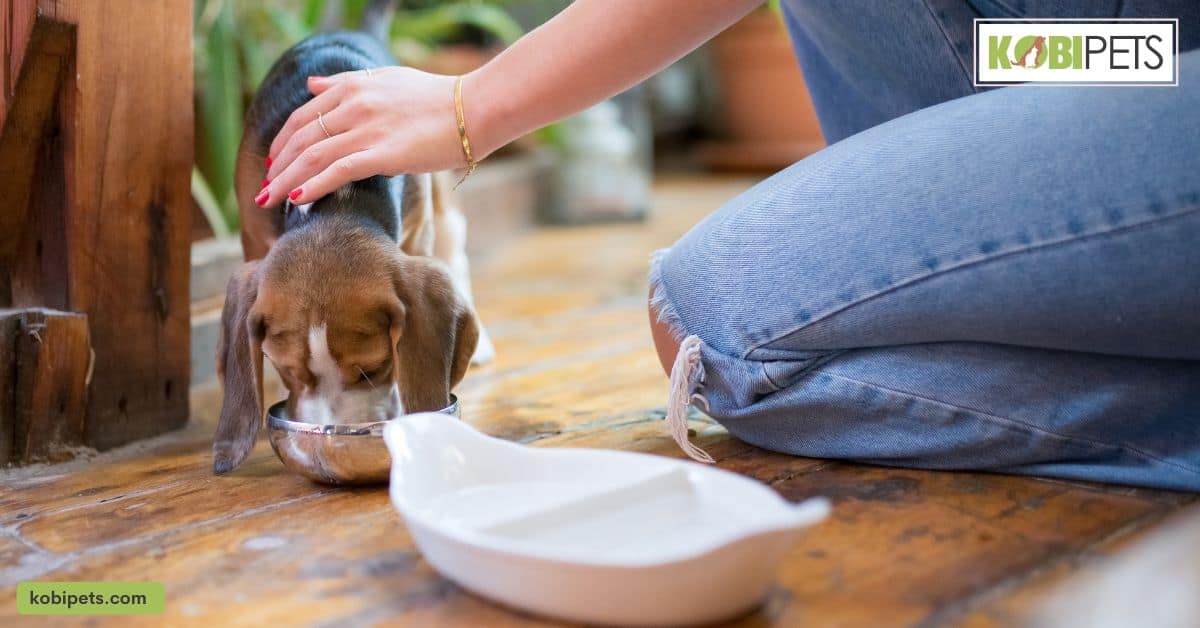
The Potential Dangers of Overfeeding
Overfeeding pets can lead to a number of potential health problems. Here are a few examples:
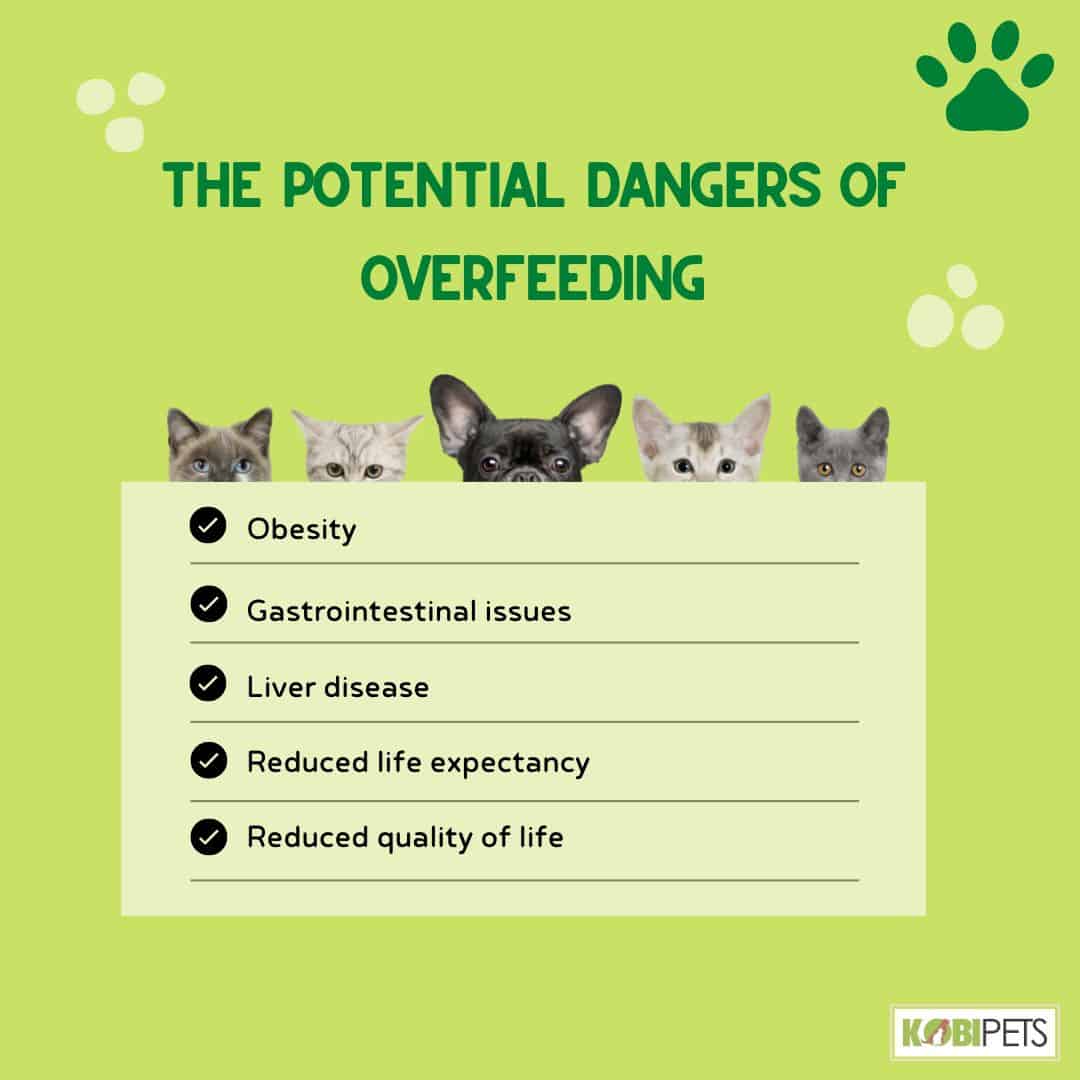
The Potential Dangers of Overfeeding
- Obesity: The most obvious consequence of overfeeding is obesity. Pets that are overweight or obese are at a higher risk of developing a variety of health problems, including diabetes, joint problems, and heart disease.
- Gastrointestinal issues: Pets that eat too much food may also experience stomach discomfort and other gastrointestinal problems, such as bloating, constipation, and diarrhea.
- Liver disease: In some cases, overfeeding can lead to liver disease, which can be serious and even life-threatening.
- Reduced life expectancy: Pets that are overweight or obese may have a reduced life expectancy compared to pets at a healthy weight.
- Reduced quality of life: Pets that are overweight or obese may have a reduced ability to move around and engage in physical activity, which can negatively impact their quality of life.
It’s important to keep in mind that different pets have different nutritional needs, and it’s important to consult with a veterinarian to determine the right portion size for your pet.
Supplementing Your Pet’s Diet with Homemade Food Options
Supplementing your pet’s diet with homemade food can be a great way to provide them with additional nutrition without breaking the bank. Homemade options such as fresh fruits, vegetables, grains, and egg-based dishes may offer important vitamins and minerals while also helping reduce waste from processed foods.
For cats, cooked fish with canned tuna or boiled chicken mixed with rice can be an ideal substitute for regular meals. Dogs do well on cooked bacon mixed with scrambled eggs or even leftovers from meals that contain lean proteins and unrefined carbohydrates.
When preparing homemade food for your pet, make sure to avoid high-salt items like salami, sausages, and luncheon meat as well as onions which can be toxic. An additional bonus is that any cooked meats that you add can also be used in your own meal plans a few days later!
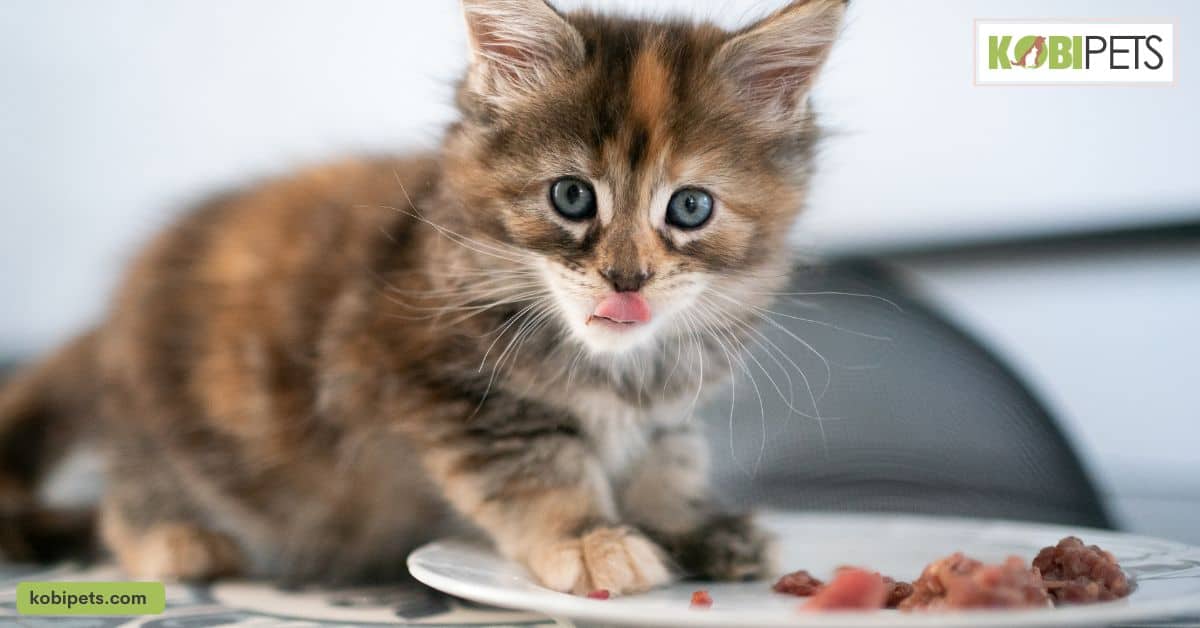
In Conclusion
Understanding your pet’s individual nutritional needs and providing them with the right type and quantity of food is essential to their overall health and well-being. Consider consulting with your veterinarian, researching pet food brands, reading ingredient labels, determining portion sizes, feeding a balanced diet, supplementing your diet with homemade options, and avoiding overfeeding.






